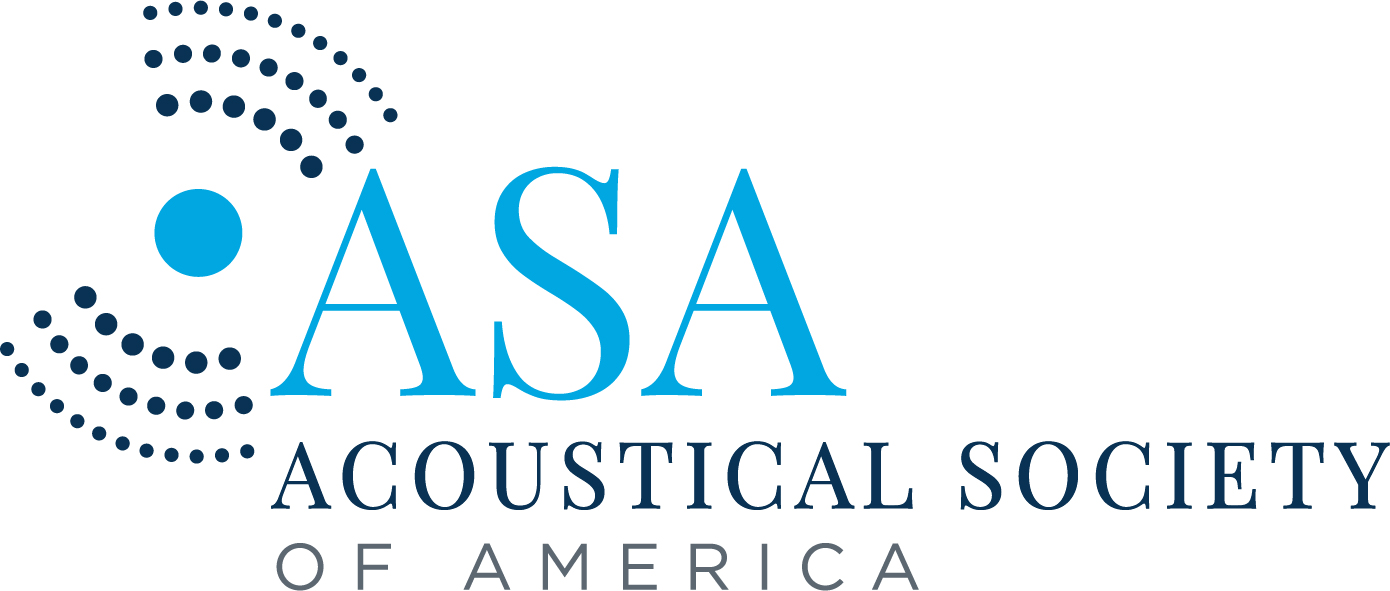From Traditional to Technological: Advancements in Fresco Conservation #ASA187
From Traditional to Technological: Advancements in Fresco Conservation #ASA187
Laser Doppler vibrometry is being used to conserve frescos in the US Capitol building
Media Contact:
AIP Media
301-209-3090
media@aip.org
MELVILLE, N.Y., Nov. 21, 2024 – Fresco painting, a technique that dates back to antiquity, involves applying dry pigments to wet plaster, creating stunning artwork that can last for centuries. Over time, however, these masterpieces often face degradation due to delamination, where decorative plaster layers separate from the underlying masonry or structural plaster. This deterioration can compromise the structural integrity of the artwork, necessitating restoration efforts.
Historically, conservators have gently knocked on the plaster with their knuckles or small mallets to assess the condition of the fresco. By listening to the emitted sound, they could identify the delaminated areas needing repair. While effective, this technique is limited both by the conservator’s experience and the small number of people in the world who possess these skills.

Detection color map of a fresco in the U.S. Capitol. Brighter colors indicate more vibration in the plaster, and therefore, a delamination. Credit: Nick Gangemi
Recent research by Joseph Vignola at the Catholic University of America is revolutionizing fresco assessment. Vignola and his team have applied laser Doppler vibrometry to locate delamination in the frescos of Constantino Brumidi in the U.S. Capitol building. This innovative method uses a laser to measure the vibration of a surface, enabling the team to detect delaminated areas based on their unique vibrational characteristics.
“By transmitting sound waves to induce motion in the plaster, the system captures vibrational signatures that reveal detailed information about the structural condition of the artwork,” said researcher Nicholas Gangemi.
One of the remarkable aspects of this technology is its ability to identify regions of delamination that may not exhibit any obvious outward signs of damage. The group’s current research focuses on developing techniques to accurately resolve the size and shape of these hidden defects, facilitating precise repairs that will ensure the preservation of the artwork for future generations.
Moreover, advancements in signal processing are enhancing the ability to analyze complex shapes of delaminated regions.
Gangemi will present research related to this work Thursday, Nov. 21, at 11:25 a.m. ET as part of the virtual 187th Meeting of the Acoustical Society of America, running Nov. 18-22, 2024.
This research explores the simulation of frescoes with known delaminated shapes to validate their methods, ensuring that they can accurately assess and restore the artworks. These fresco surrogates have also offered a platform for Vignola and his team to scientifically validate the dated technique of knocking on a fresco and listening to the sound it makes.
Looking ahead, this research aims to democratize conservation expertise by creating simple, accessible tools. One possibility is to develop smartphone or computer apps that utilize straightforward algorithms, allowing anyone—regardless of their background—to engage with fresco conservation. This initiative not only enhances the preservation process but also raises awareness of the challenges and techniques involved in maintaining these cultural treasures.
As technology continues to bridge the gap between traditional methods and modern science, fresco conservation is poised for a transformative future.
“We are developing techniques to allow us to preserve the artwork for generations to come,” Gangemi said.
———————– MORE MEETING INFORMATION ———————–
Main Meeting Website: https://acousticalsociety.org/asa-virtual-fall-2024/
Technical Program: https://eppro01.ativ.me/src/EventPilot/php/express/web/planner.php?id=ASAFALL24
ASA PRESS ROOM
In the coming weeks, ASA’s Press Room will be updated with newsworthy stories and the press conference schedule at https://acoustics.org/asa-press-room/.
LAY LANGUAGE PAPERS
ASA will also share dozens of lay language papers about topics covered at the conference. Lay language papers are summaries (300-500 words) of presentations written by scientists for a general audience. They will be accompanied by photos, audio, and video. Learn more at https://acoustics.org/lay-language-papers/.
PRESS REGISTRATION
ASA will grant free registration to credentialed and professional freelance journalists. If you are a reporter and would like to attend the virtual meeting and/or press conferences, contact AIP Media Services at media@aip.org. For urgent requests, AIP staff can also help with setting up interviews and obtaining images, sound clips, or background information.
ABOUT THE ACOUSTICAL SOCIETY OF AMERICA
The Acoustical Society of America is the premier international scientific society in acoustics devoted to the science and technology of sound. Its 7,000 members worldwide represent a broad spectrum of the study of acoustics. ASA publications include The Journal of the Acoustical Society of America (the world’s leading journal on acoustics), JASA Express Letters, Proceedings of Meetings on Acoustics, Acoustics Today magazine, books, and standards on acoustics. The society also holds two major scientific meetings each year. See https://acousticalsociety.org/.

 Figure 1: Vibration and temperature profiles of two railroad bearings showcasing how vibration levels within the bearings can indicate the development of defects while operating temperature does not exhibit any abnormal behavior.
Figure 1: Vibration and temperature profiles of two railroad bearings showcasing how vibration levels within the bearings can indicate the development of defects while operating temperature does not exhibit any abnormal behavior.




 Low frequency sound, called infrasound, can help us better understand our atmosphere and explore distant planetary atmospheres and interiors.
Low frequency sound, called infrasound, can help us better understand our atmosphere and explore distant planetary atmospheres and interiors.